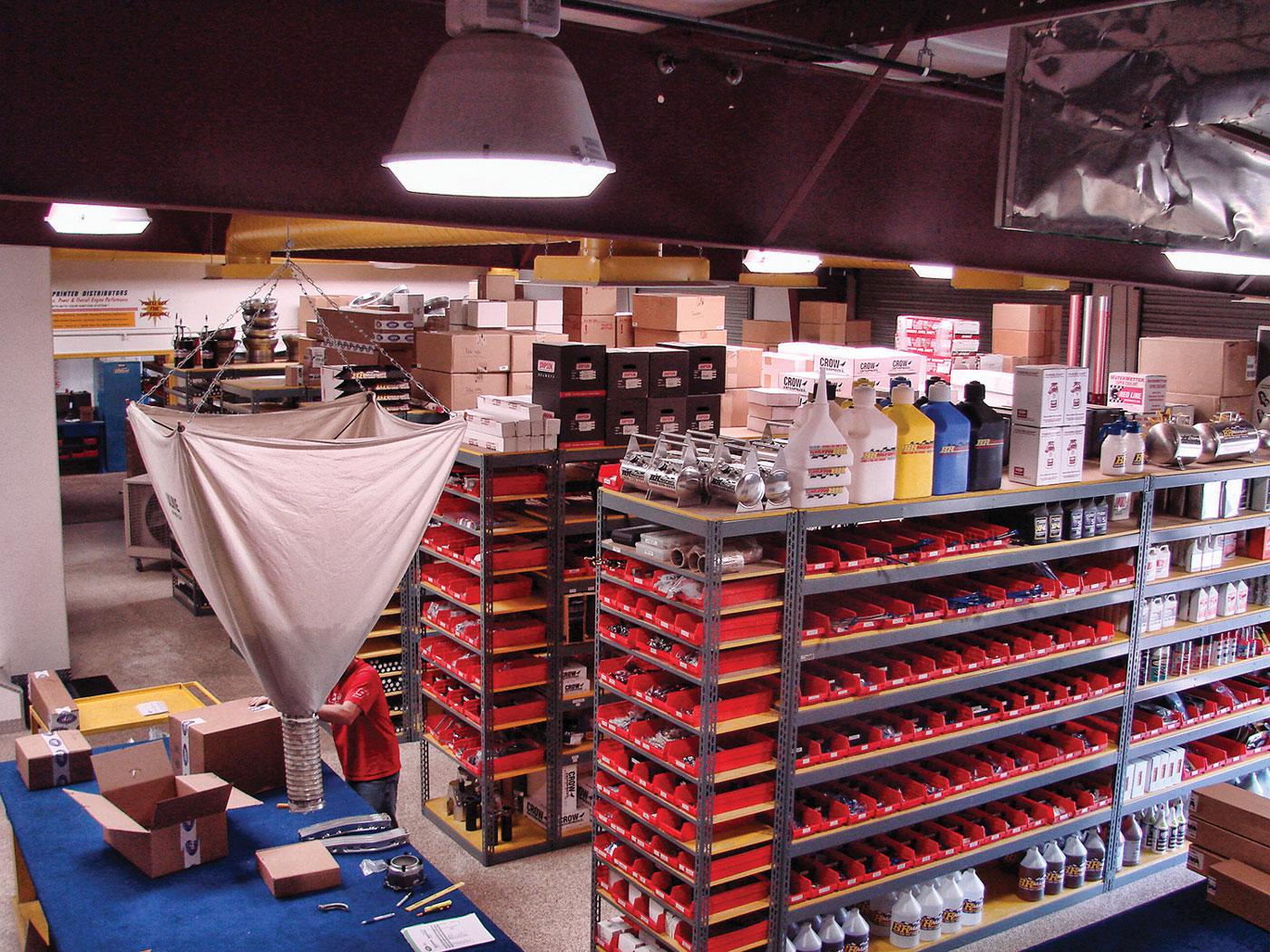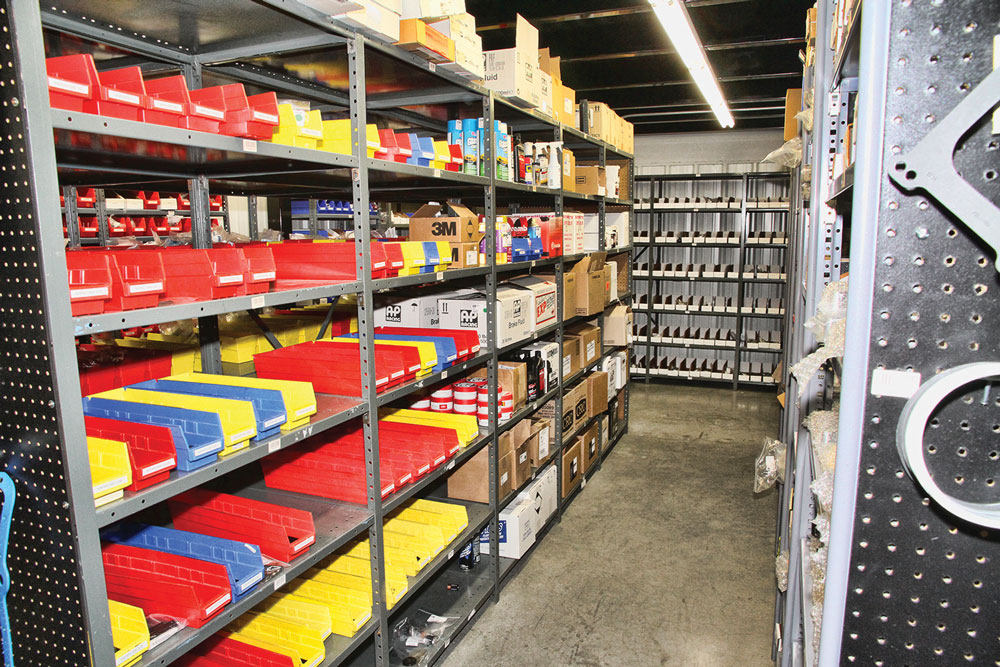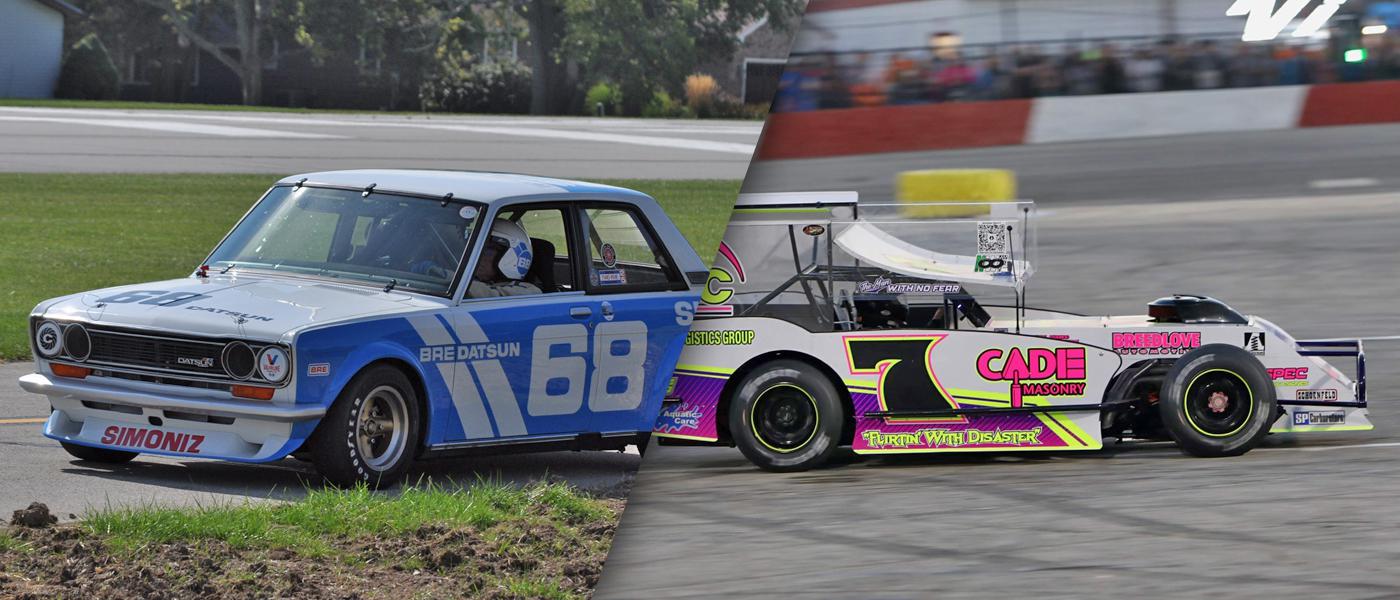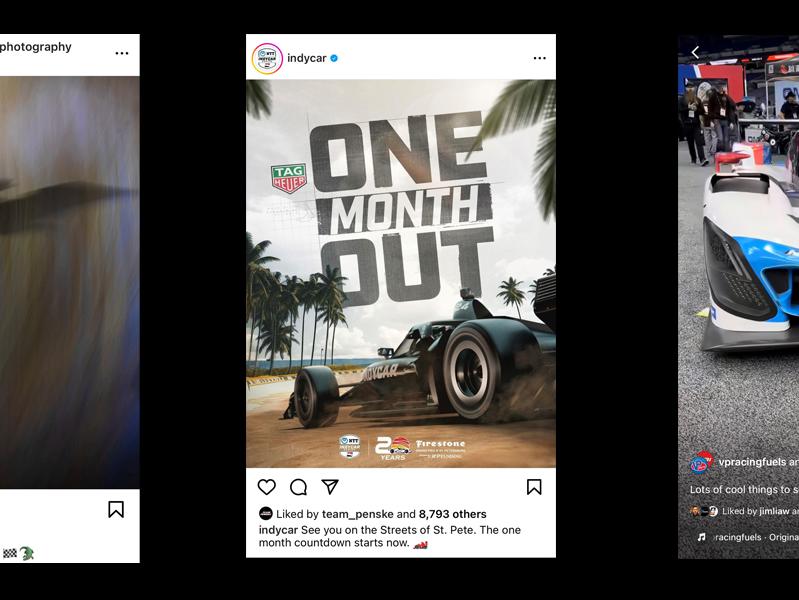Stop Doing That…Do This Instead

“You can’t sell out of an empty wagon,” noted our source from BR Motorsports, who pointed to several of today’s online retailers that “have a storefront on their website, but they don’t actually inventory anything. They’re relying on the manufacturer, or another warehouse, to supply the product.”
Create a winning action plan that incorporates inventory management strategies rather than turning those decisions into a game of chance.
Finding an equilibrium between supply and demand is a fundamental goal of just about any business that offers a physical product. Achieving that balance has been a tricky proposition since the advent of organized commerce. For those who support motorsports—a time-sensitive industry with customers who often have very specific needs—it can directly equate to the success or failure of a company. Ongoing global supply chain issues have added another level of complexity to the mix that has frustrated owners and customers alike.
“You can’t sell out of an empty wagon,” said Blake Robertson of BR Motorsports, Visalia, California. “There’s no point in advertising something when you can’t actually supply it. It’s something we see a lot with online stores these days. They have a storefront on their website, but they don’t actually inventory anything. They’re relying on the manufacturer, or another warehouse, to supply the product. Now more than ever, that’s how mistakes happen. Putting the responsibility on somebody else is not good business. These things should be on the shelf.”
Robertson is also quick to point out that some strife remains unavoidable due to current circumstances. “Consumables have been an ongoing issue—tires in particular. Hoosier had been backordered so much last year that races had to be canceled because they simply couldn’t get tires to the track. High-demand components are just hard to get right now. Where in a normal year we might carry 10 or 15 units of an item and it would take us two weeks to replenish our inventory, it’s six to 10 weeks on a lot of consumable things now. The demand is a double-edged sword in that way.”

Keeping a large amount of inventory on hand can be a costly proposition, especially when it comes to motorsports products. That’s why Tom Shay of Profits Plus in Dardanelle, Arkansas, said it’s crucial for racing businesses to establish a specialized game plan. “That plan should not only define the quantities of inventory that you want to order, it should also be part of a larger overall strategy that determines whether or not you have the money to actually do it.”
Trying to be a one-stop shop for every customer that walks in the door isn’t really feasible, Shay said. “That’s expensive to do, and it generally doesn’t make money for the businesses that attempt it. You can’t be everything to everybody. Instead, take a step back and really consider who your target customer is and what those particular customers need.”
Catering to specific groups of racers tends to prevent a variety of inventory issues from popping up unexpectedly, Robertson noted. “We pay more attention to the sprint car and midget market because that’s where our expertise is,” he explained. “The main thing is to know your market. Otherwise, you’re going to end up ordering stuff that’s going to sit on the shelf. That’s a waste of money and a waste of your time. But understanding the market and how it moves during certain times in the race season prevents a lot of that.”
That’s where leveraging experience and past performance can pay dividends. “My question to a business that’s been operating for 10 years would be, ‘Do you have 10 years of experience, or have you had 10 first-year experiences?’” Shay said. “Ten years of experience should provide a feel for the ebb and flow of the market. There are ups and downs in terms of what’s in demand and when. I would hope these businesses are somehow tracking the items that they sell by SKU. That allows them to go back and determine where those fluctuations tend to occur.”
Robertson pointed out that analyzing that data allows a business to predict what the future will bring. “It’s important to have some foresight and know what’s coming up. I often look at the history of what we’ve sold, and when, to try to prepare at least 60 to 90 days ahead of time. Use the knowledge available in order to lay out a forecast for the months ahead.”
Shay said it’s really about specializing in “who” rather than “what.” “Inventory control is like a game of Whack-A-Mole. If you pay attention to your sales history, it will tell you which mole is going to pop up next.”
Sources
BR Motorsports
brmotorsports.com
Profits Plus
profitsplus.org
 MEMBERSHIP LOGIN
MEMBERSHIP LOGIN JOIN PRI
JOIN PRI


